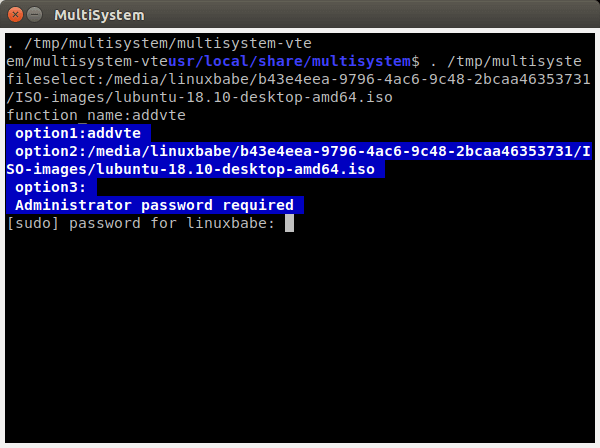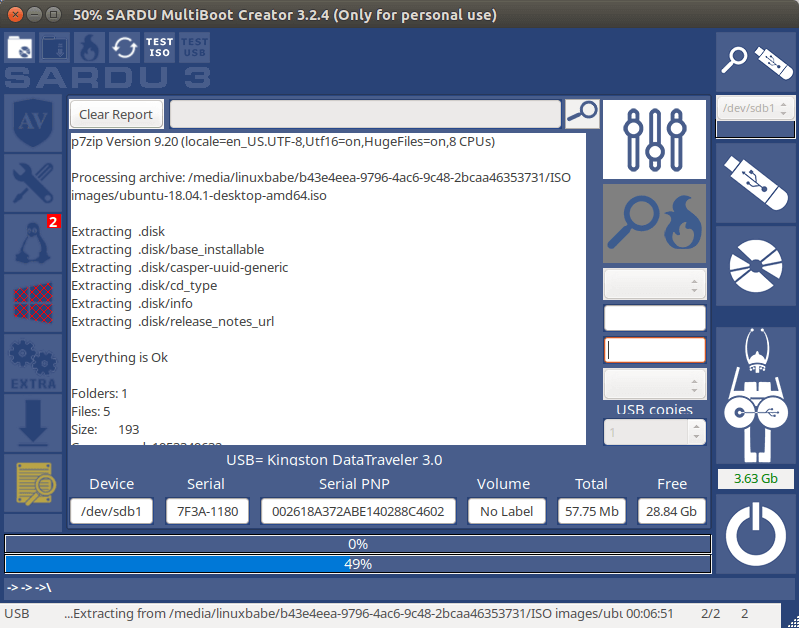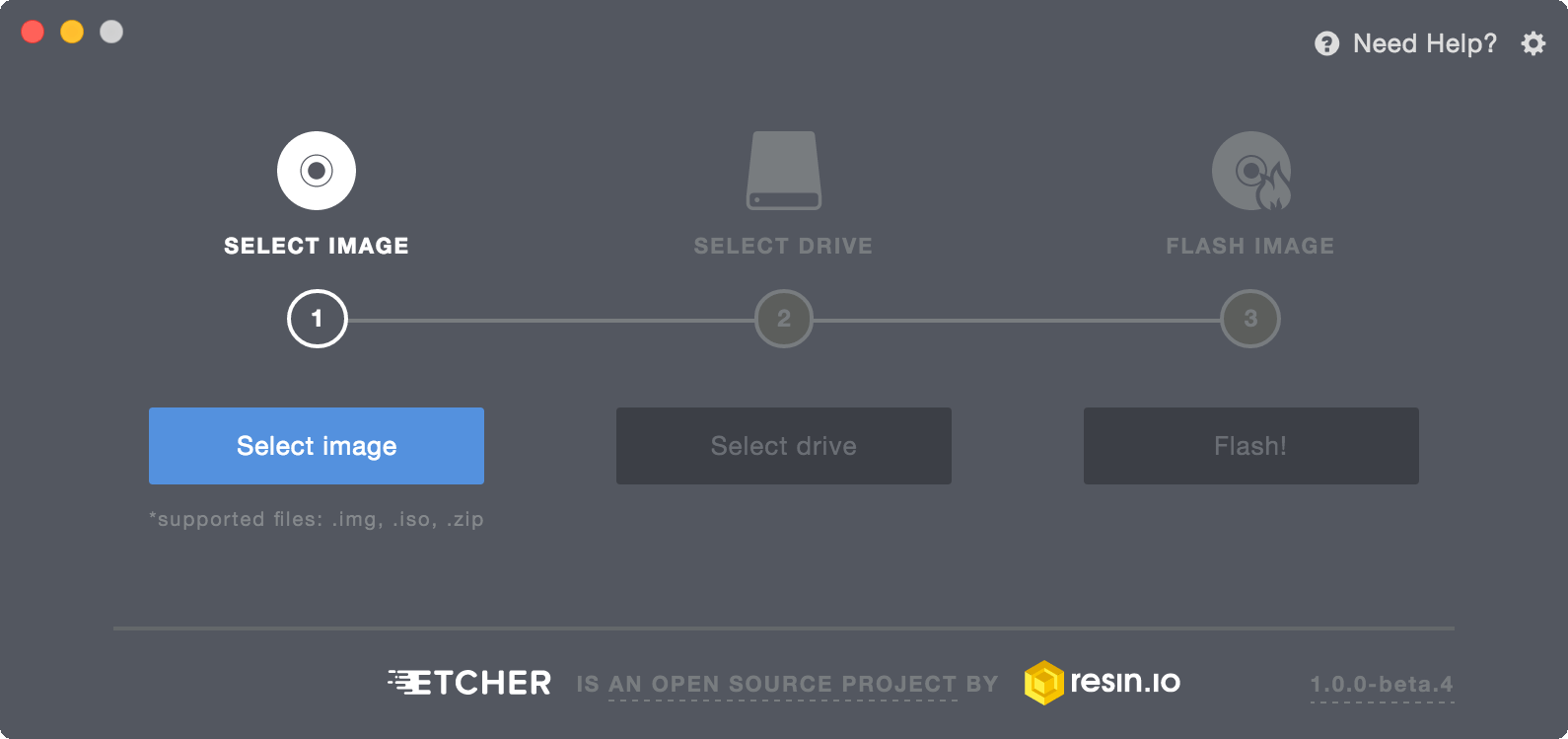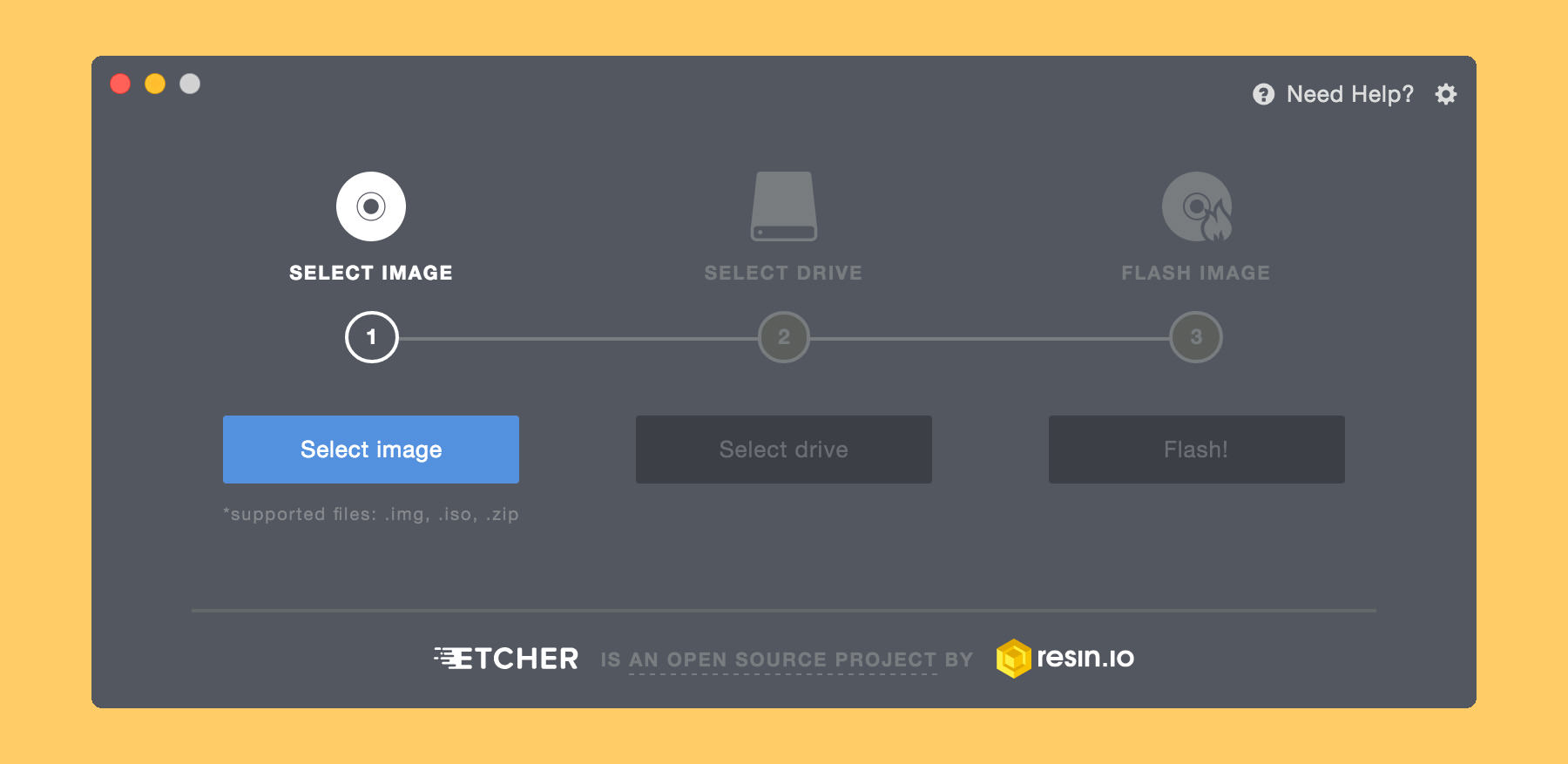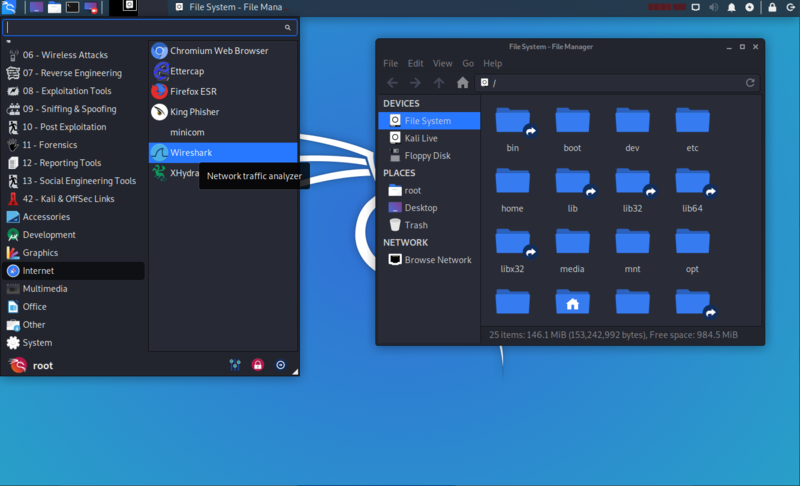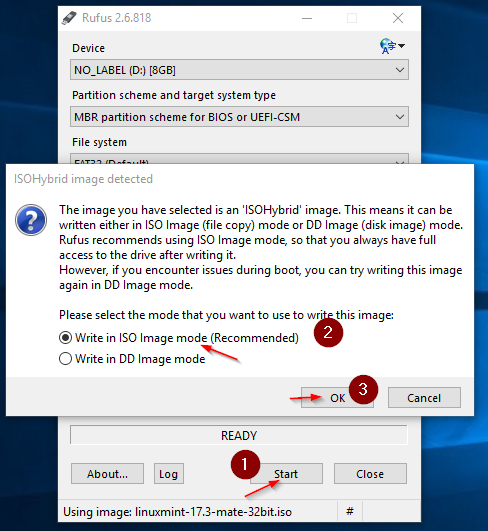The ones mentioned do not bog the system performs in a fast manner. Moreover alternates mentioned can work on all major OS including macOS, Windows, Ubuntu as well as Linux. The process of creating a bootable USB for any Windows operating system is the same as it was for Windows 10 windows and Windows Server or any other type of windows. The thing is that Microsoft's TPM 2.0 requirement and secure boot, alongside generation 8, is really causing users to install Windows 11 on unsupported PC.
There is a small trick that you can use it to bypass the processor, TPM, and secure board issues to install windows 11 on Unsupported PC. Let's begin without wasting time. Microsoft has officially released Windows 11 with the TPM 2.0 and secure boot requirements. Based on what Microsoft has said, computers from 2016 later can support windows 11, older PCs cannot support windows 11.
If you are one of those guys who want to install windows 11 on an unsupported PC, the first step is to create bootable USB for unsupported PC to install windows 11. Offline ISO file and want to create a bootable USB drive for clean or fresh installation in your computer system, this article will help you. This is the easiest and quickest way to make Windows 11 bootable USB along with disabling all installation requirements check. It has compatibility with older legacy BIOS, newer UEFI as well as MBR partition.
If you wish to have the same features as Rufus on Linux to create windows bootable drives then this is a good option. Follow our guide on how to create a bootable USB with WoeUSB. This is a good option if you wish to create a macOS bootable USB using a windows system. In this, all you need to do is download its DMG file and then import it to TransMac. After this just insert the bootable USB drive and TransMac shall transform the drive-in APFS file format. The process of flashing takes time given the DMG picture is encrypted and the difference in the file system.
The application however works for most of the things and one is able to create a macOS bootable media on windows PC. For this guide, we're assuming you already have Windows installed on your PC, since that's the case for most people. We'll go through the necessary steps to create a partition and install Linux on it to dual-boot.
So to follow along, you'll need a Windows 11 PC, a USB flash drive for installation media, and another external storage method to back up your data in case anything goes wrong. After you complete the steps, the free utility will download the ISO file and create the bootable media to install Windows 11 that meet the minimum requirements. If you selected the "Extended" option, the setup will bypass the requirements, and it'll let you continue with the installation . To create the Windows 11 USB installer, we first have to grab the Windows 11 ISO online.
An ISO is a disk image containing complete file information of a certain program. Thankfully, Microsoft has now made it possible to download the Windows 11 disk image directly from their website, so users don't have to scour the internet for it. The following steps are going to take it from here.
Rufus is a free non-Microsoft tool that lets you create an installation media for installing Windows 11 compatible hardware and software configuration. This utility offers two methods to set up the installation media. One of these methods uses an existing ISO file, whereas another way directly downloads the file from the Microsoft servers. The following methods need a Windows 11 ISO file to work. Before advancing with the steps to create the installation media, it is advised that you properly back up your PC. Once you do the backup, below are the steps to create bootable Windows 11 USB media.
Please check that you are installing the stable version of Windows 11 because sometimes it can create a problem when installing Linux on your PC. However, Linux is an immersive operating system that is compatible with most hardware devices. For this, all the credit goes to the dual boot loader function in which we can use both the operating system on a single PC or Laptop.
Microsoft has made it challenging to create Windows 11 installation media. Earlier, we could simply use the third-party tool Rufus to select Windows ISO and create USB installation media. However, Rufus formats the USB drive in NTFS format as the installation files are beyond the bandwidth of the FAT32 format. Further, you can't boot an NTFS drive without disabling secure boot. Windows 11 requires a secure boot to be enabled.
Hence, it's not possible to use Rufus at the moment. This is a different yet unique application which got developed by Microsoft for installing version 11 on systems. With this users can download windows 11 from Microsoft's server and thereafter create an automatic bootable USB.
It can detect compatible configurations and also downloads the latest version 11 ISO picture, based on the architecture of the system. Rufus is popular software used to create USB bootable drives on Windows that are able to support different formats of images including Linux distros and Windows ISO files. We have researched the 9 best Rufus alternatives that you can use for Windows 11. Alternatively, you can try and use the USB drive as a bootable installation drive. However, this is where things get even more complicated, due to Windows 11 requiring Secure Boot, and the USB drive we just created not being compatible with that feature. Also, it's perhaps the only way to install Windows 11 on a new computer or a device with an empty hard drive.
The utility provides two methods to create the installation media, including using an existing ISO file or directly downloading the file from the Microsoft servers. The last suggestion for Mac is the Terminal app, which is a free system utility that comes with Mac. It is equivalent to Command Prompt on Windows. However, most of Mac users are not aware or even using this app in their daily life because it only supports plan text commands/input. It is a super boring and complicated process if you are trying to use Terminal to create Windows 11 installation media on macOS.
And this is the reason why we only list this app as the third suggestion. On the next window, there are two options presented and asks what do you want to do with Media Creation Tool. You need to choose the first menu labelled with USB flash drive and press Next.
If you want to create a Windows 11 bootable DVD, go for the ISO file option. But remember, using this option, you are still required to burn the ISO image into a DVD using some of the other methods discussed below. Now it will show you two settings related to Windows 11 installation. Based on these selections the tool will create a custom Windows 11 installation media accordingly.
If you are happy with the recommended settings, press Next. Otherwise, uncheck 'Use the recommended options for this pc' box, make the selection as per your choice, and then press Next. So, in this tutorial, we will describe the method to create bootable Windows 11 USB disk for both supported and unsupported hardware.
Besides that, you can also create Windows 11 USB for Legacy BIOS. This allows you to install Windows 11 on a PC without UEFI. However, Microsoft may restrict Windows updates on unsupported PCs in future. So, it's your call to go for it or stay with Windows 10. Microsoft initially restricted Windows 11 to the PCs with TPM 2.0, supported CPU and Secure Boot.
However, company now allows you to upgrade to Windows 11 with unsupported CPU and TPM 1.2. But Secure Boot restriction is still there. So, to bypass these limitations, you can use Rufus to create bootable Windows 11 USB and clean install Windows 11 on both supported and unsupported hardware/PCs. The Windows11 installation process has become increasingly more complicated.
With the release of Microsoft's latest operating system, it is even more challenging to install. Several new security features make it harder for users to bypass the activation process and make unauthorized changes to their PC. After you have the installation media ready, you can proceed with the final step of installing Windows. Likewise, you will need to boot into the USB drive via the boot menu or the in-built settings.
Every motherboard on every PC has its way of getting into the boot menu. Hence, check the manufacturer's website to know how to open the boot menu while your PC starts; if you managed to open the boot menu, you could skip stepping number 5. The process of clean installation of Windows 11 is quite similar to that of Windows 10.
To proceed with the installation, make sure you have a backup of your files and a USB drive with at least 8GB of storage. Windows 11 requires TPM 2.0 support and Secure Boot turned on; if your PC supports both, make sure both are enabled in your UEFI Firmware settings . If you've made sure you have the pre-requisites checked, you can begin installing Windows 11 using this Windows 11 guide. This is a very interesting application with which one can create a Windows bootable USB drive on a Linux machine.
Use this to flash windows ISO image on the removable drive if you are a user of Ubuntu or any other Linux distribution. The best part about this one is that it carries a GUI interface and lets you build a USB installer in some clicks. It provides support to windows ranging from Vista to the new windows 11. Microsoft has released a tool to help you create a bootable CD/DVD or USB flash drive to install Windows 11 from. If you want to perform a reinstall or clean install of Windows 11 on a new or used PC, download the media creation tool to make a bootable USB or DVD. Once you complete the steps, the tool will begin the process to create a bootable media with the Windows 11 installation media.
Once you complete the steps, the tool will download the necessary files to create a bootable media, which you can then use to start a computer to install Windows 11. You don't have much good luck for beginers who play with Linux machine. Most of this type of staff are done with text commands and there is only one GUI app available. That is WoeUSB-ng, a graphics user interface wrapper of original WoeUSB, which is a linux command-line package for creating installation media from Windows image or DVD. The top menu Distribution is used to download Linux ISO. We won't use the download feature at this time. Instead, enable Diskimage menu at the bottom.
From there, you should add Windows 11 ISO into the program and select the drive name of USB. Then you need to press OK to begin the process of creating Windows 11 installation media. However, there are lot of tools available that can make this job easier for you.
Based on their pros and cons, you can follow the instructions and make Windows 11 install media for yourself in no time at all. Do note that the process takes a while to create the bootable drive. Once down, restart your system and open BIOS. Here you'll need to choose the option Boot from USB Drive or whatever this option reads in your system's BIOS. If you PC has supported hardware for Windows 11, select following options and click START to create bootable Windows 11 USB. Now, it's time to select the type of bootable USB of Windows 11 you want to create.
Rufus provides two options based on the hardware you have. You can use PC Health Check app to see if your PC is supported or unsupported. After that, select appropriate option from Image option drop-down. Rufus is a free, open-source utility that can convert an ISO image into a bootable USB drive. It works on all Windows OS from XP up and supports GPT partitioning schemes for larger hard drives.
The latest beta release of the application adds support for Windows 11 with Secure Boot enabled so your PC boots in UEFI mode if it's compatible with the new OS version. It should help you secure your BIOS against malware attacks while also making sure to disable TPM . If you cannot use PGP due to hardware or software incompatibilities, then TPM is the second-best alternative. Rufus is a tool which can format and create bootable USB flash drives, such as USB keys and memory sticks.
If you don't have a OS installed on your computer, you can create USB installation media from bootable ISOs, including Windows and Linux in an easy way. The latest version of Rufus not only allows you to create a Windows to Go version of Windows 11, but one that can avoid the TPM and CPU requirements of the new OS. So, if you have a computer that doesn't have TPM 2.0 or a compatible CPU , you can boot off of this WIndows to Go disk with no problem. On Windows 11, you have at least two tools to download the installation files onto a USB flash drive and make it bootable.
You can use the official Media Creation Tool to download the files onto a removable storage. Or you can use Rufus, a third-party tool that makes it easy to create a flash drive to install the OS on a compatible or incompatible devices. UNetbootin is another free tool that lets you create a installation media from various ISO files.
According to our test, UNetbootin has good support for Windows 11 ISO. You can create a Live CD for Windows , Linux, and other bootable ISO images. Bootable USB is a media that contains everything required to boot Windows. But sometimes you will find Windows 10 won't boot from USB drive, even no prompt, just like the following case.

